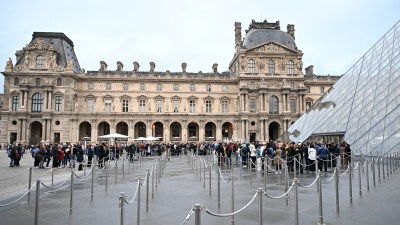Home alone
In Gujarat,Hindus and Muslims want to live as far apart as possible. Why?
Cities are where strangers meet. But in Ahmedabad,a town which is yet to recover from the intense trauma of the 2002 communal riots,both Hindus and Muslims still perceive each other purely through a lens of fear and insecurity. The municipal corporation randomly picked some 8,000 families to resettle them along the Sabarmati Riverfront project a list that naturally included Hindus and Muslims,and placed them in proximity to each other. There was no deliberate social engineering element to this exercise,but both communities protested and demanded to be kept separate because they felt this situation would leave them defenceless in the event of communal violence.
Ahmedabad is notable for its lack of civic mixing. Generally speaking,associational forms of civic engagement (through trade unions,business associations,non-communal cadre-based parties) blunt religious tension and prevent it from spiralling into violence.
As political scientist Ashutosh Varshney has pointed out,in 1969,the town witnessed one of the worst riots India had seen,but unlike in 2002 state machinery was not perceived as complicit. Cities of stark partitions are always vulnerable to communal conflagration making them highly dependent on the police and administration to make sure the sparks are doused in time. In this case,the fact that representatives of both communities insist on fresh allotment,and intend petitioning the courts to undo this decision,goes to prove how little faith they repose in the states capacity to deal with incidents,or in each other. This nervous and dysfunctional dynamic means that citizens possess a true sense of trust and security only when they live among neighbours of their own community. Obviously,this kind of set-up would only sharpen existing fissures,and create an even more destructive,mutually suspicious climate.
If the state accedes to this demand,it would be a clear admission of its own failure in keeping the peace. If it has any intention of subduing the flickering animosities and moving on from the pain and anger of the riots,it must insist on keeping the relocation plan as it is,and then ensure that the neighbourhood remains utterly safe. But then again,if only a single housing project could ensure integration.





- 01
- 02
- 03
- 04
- 05


























